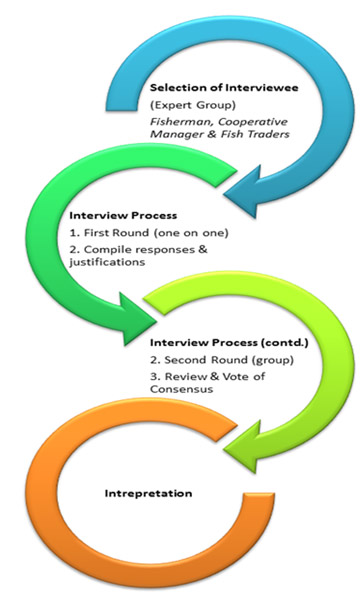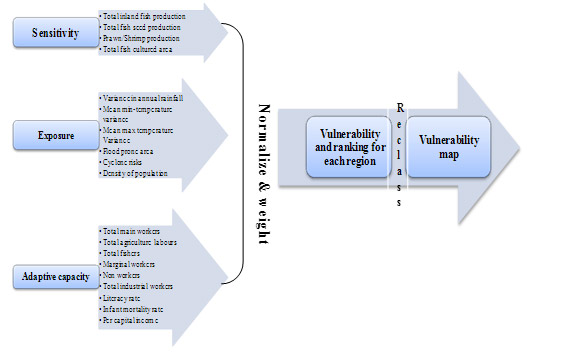Approach/Method developed
- A stakeholder driven approach: Innovative methodology for quantifying climate change induced threats to wetland fisheries and suitable adaptation measures
- Problems like Water stress, Wetland accretion/sedimentation, Aquatic weed proliferation, Loss of wetland connectivity in floodplain needs to be tackled right away on high priority
- A composite vulnerability index (0.0-1.0) developed based on the 18 indicators related to inland fisheries
- Ecological vulnerability: Comparative evaluation of trophic state of 27 wetlands using two methods (Carlson, 1977; temperate based and Lamparelli, 2004; tropical based) based on agro-climatic zone and soil type, mesotrophic nature of nutrient status and its relationship with climatic factors
- Combined approaches for composite vulnerability: Covering different aspects impacted by climate change might present a better picture of the vulnerability status and aid in formulation of effective mitigation/management plan
- Geomorphologic vulnerability: Reduction of watershed area (15-40%) of the surveyed wetlands (Bhomra, Mathura, Media and Chandania) observed through GIS mapping
- Reproductive vulnerability: New modeling approach for species vulnerability assessment to climate change

Methodology developed for threat perception

Vulnerability assessment framework

Framework of the model used for assessing reproductive vulnerability


